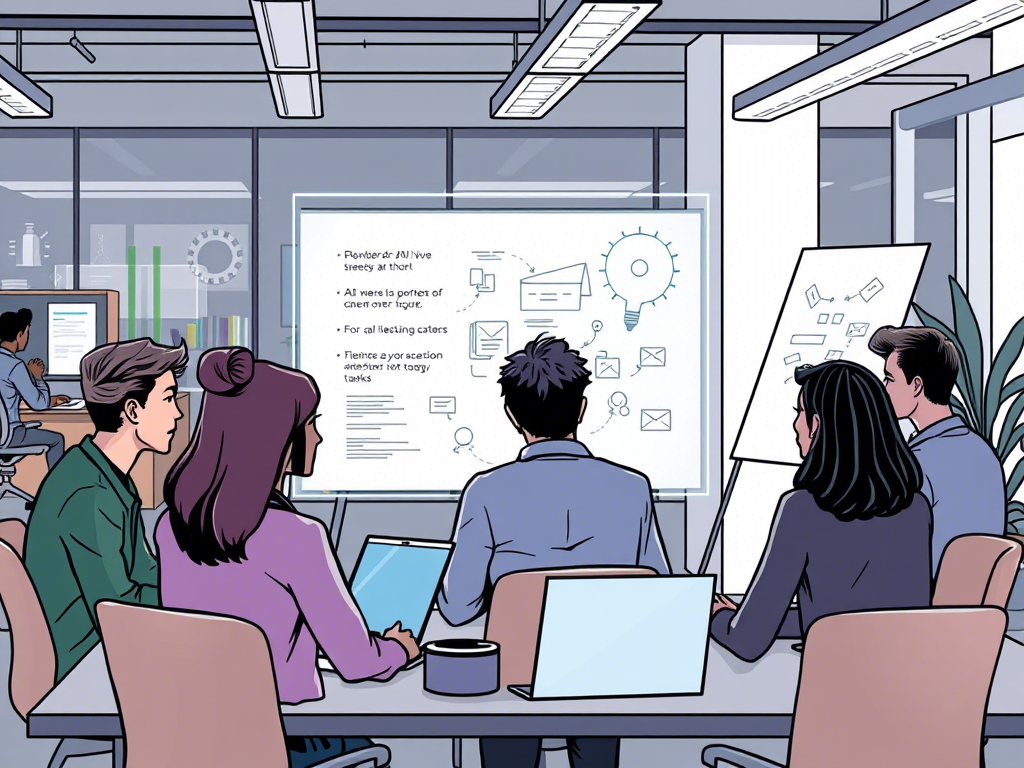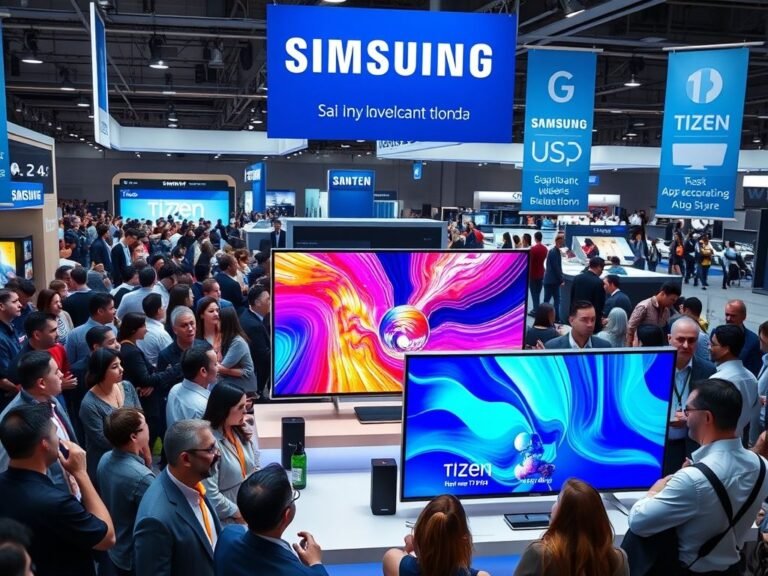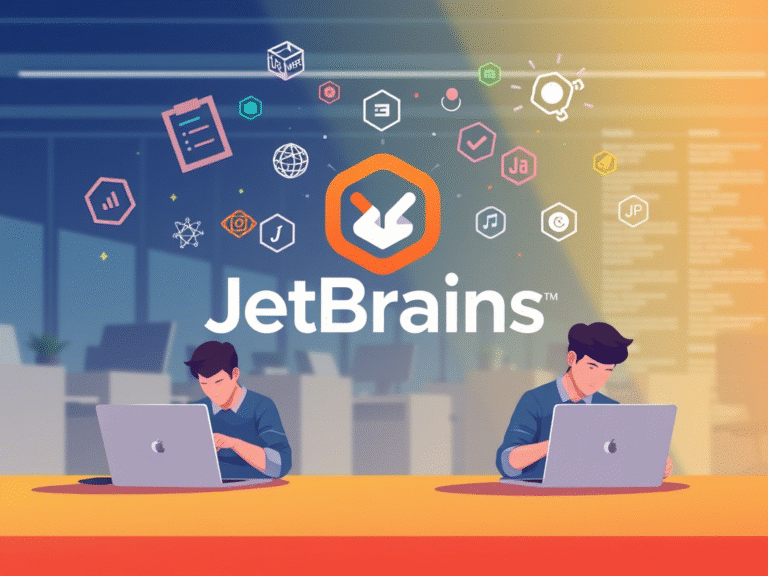
Microsoft’s AI Message Faces Reality Check After 9,000 Job Cuts
Microsoft has announced another round of layoffs, this time cutting around 9,000 jobs , which affects just under 4% of its global workforce . Unlike some past reductions that targeted specific departments or roles, these cuts are broadly spread across teams, regions, and functions .
This isn’t the first time Microsoft has reduced staff in recent months. In May , the company let go of 6,000 employees , followed by an additional 300 job cuts in June — making this the latest in a series of workforce reductions.
According to Microsoft, the goal is to streamline operations by reducing layers of management between top leadership and the teams actually building products and services. A company spokesperson told CNBC:
“We continue to implement organizational changes necessary to best position the company and teams for success in a dynamic marketplace.”
The move is framed as a way to become more efficient, agile, and responsive to market demands.
AI and Job Cuts: A Growing Contradiction?
While Microsoft hasn’t officially linked these layoffs to AI adoption, many observers see a contradiction in the timing.
At the same time the company is investing heavily in AI tools like Copilot , ChatGPT integration , and internal automation, it’s also reducing its human workforce. This raises questions about whether AI is quietly enabling companies to do more with fewer people — even if they publicly insist otherwise.
Microsoft has repeatedly said that AI is meant to assist workers, not replace them. But for many, seeing thousands of job cuts while hearing those messages side by side makes it hard not to notice the irony.
Microsoft Isn’t Alone
It’s important to note that Microsoft isn’t the only tech company reducing headcount this year.
Other firms like Autodesk , Chegg , and CrowdStrike have also announced layoffs — part of a broader trend in the tech industry aimed at improving financial efficiency and appeasing investors.
With rising costs and economic uncertainty, many businesses are under pressure to cut expenses. Shrinking the payroll is often one of the fastest ways to show improved margins — even if it comes at a human cost.
A Broader Economic Trend
These layoffs come amid signs of slowing job growth in the U.S. economy. In June, the U.S. private sector lost 33,000 jobs , far below expectations of an increase of around 100,000 jobs .
This unexpected drop adds context to the growing number of layoffs across industries — suggesting that the current wave of job cuts may be part of something bigger than just tech companies adjusting their strategies.
What Comes Next?
As AI becomes more integrated into daily workflows, the line between automation and employment will likely remain a hot topic.
Will these layoffs mark the peak of job cuts in tech — or are more rounds on the horizon?
Let us know what you think: Do you believe these cuts are a temporary adjustment, or are we entering a new phase where AI plays a bigger role in reshaping the workforce?





